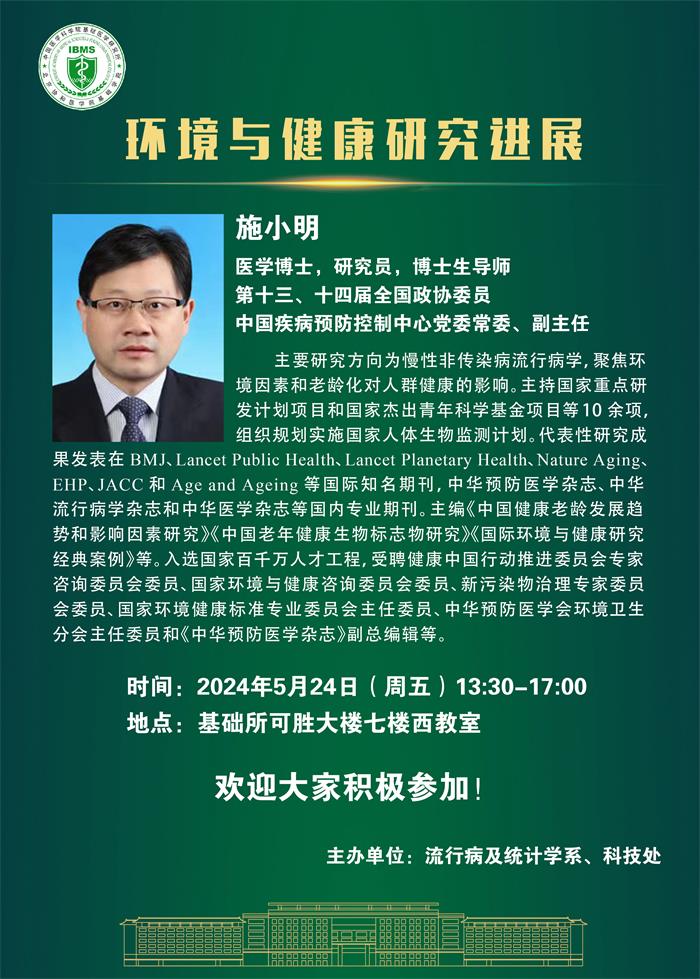Opposing Gradients of MicroRNA Expression Temporally Pattern Layer Formation in the Developing Neocortex.
Shu P1, Wu C1, Ruan X1, Liu W2, Hou L1, Fu H1, Wang M1, Liu C1, Zeng Y1, Chen P1, Yin B1, Yuan J1, Qiang B1, Peng X3, Zhong W4
Dev Cell. 2019 Jun 3;49(5):764-785.e4.
PMID: 31080058
Abstract
The precisely timed generation of different neuronal types is a hallmark of development from invertebrates to vertebrates. In the developing mammalian neocortex, neural stem cells change competence over time to sequentially produce six layers of functionally distinct neurons. Here, we report that microRNAs (miRNAs) are dispensable for stem-cell self-renewal and neuron production but essential for timing neocortical layer formation and specifying laminar fates. Specifically, as neurogenesis progresses, stem cells reduce miR-128 expression and miR-9 activity but steadily increase let-7 expression, whereas neurons initially maintain the differences in miRNA expression present at birth. Moreover, miR-128, miR-9, and let-7 are functionally distinct; capable of specifying neurons for layer VI and layer V and layers IV, III, and II, respectively; and transiently altering their relative levels of expression can modulate stem-cell competence in a neurogenic-stage-specific manner to shift neuron production between earlier-born and later-born fates, partly by temporally regulating a neurogenesis program involving Hmga2.





